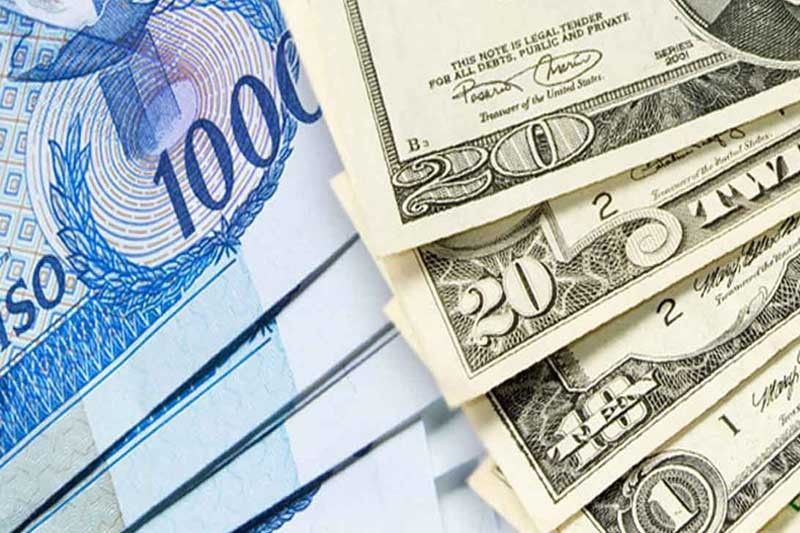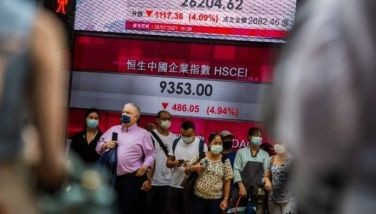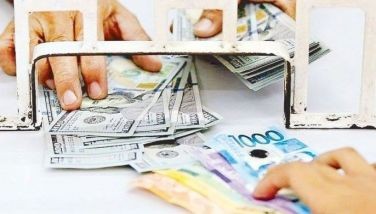Peso hits 13-year low anew

MANILA, Philippines — The peso weakened anew to the lowest level in almost 13 years, giving up 19 centavos at the start of the trading week amid the impending rate hikes by the US and Philippine central banks as well as worsening trade tension between the US and China.
The peso closed yesterday at 54.23 from 54.04 to $1 last Friday. This was the weakest level for the peso since closing at 54.30 to $1 on Nov. 24, 2005.
The local currency opened weaker at 54.12 and hit an intraday low of 54.28. Volume was steady at $670.6 million from Friday’s $669.9 million.
ING Bank economist for Asia Prakash Sakpal said sentiment appears to be stable at the moment, but a return to stormy conditions might be around the corner.
Markets are concerned about more aggressive actions from the US Federal Reserve, while investors await the strong monetary response from the Bangko Sentral ng Pilipinas (BSP) in its scheduled meeting on Thursday to rein in inflationary expectations.
“For now, markets are taking a breather from the emerging market sell-off that dominated screens until recently. However, potential catalysts for a re-set of global risk aversion remains, possibly stemming from a more aggressive Fed tied to a pick-up in US wage inflation, a ratcheting up of the trade war, despite its waning ability to drive markets or a return to growth-centric policy responses in the three economies we have focused on here,” Sakpal said.
According to Sakpal, emerging market currencies have been rattled in 2018 as a series of events including a hawkish Fed and appreciating dollar, the China-US trade spat and higher oil prices have had almost all regional currencies heading for cover amid increased risk-aversion and capital flight.
But some Asian currencies, he added, have been hit harder than others with the Indian rupee, Indonesian rupiah, and the Philippine peso all testing multi-year (in some cases historical) weakness in tandem with heightened dollar demand from corporates.
“And although the risk-off scenario has spared no one, these three currencies appear to have taken the brunt of the impact,” Sakpal said.
Sakpal said the widening trade deficit of the three countries is also a reflection of their strong growth.
“India, Indonesia and the Philippines are all posting robust growth numbers on the back of strong household consumption and the investment cycle,” he said.
The economist said the Philippines has seen a substantial build-up in capital goods imports, ostensibly linked to the accelerated pace of gross domestic capital formation in the first half of 2018.
- Latest
- Trending































